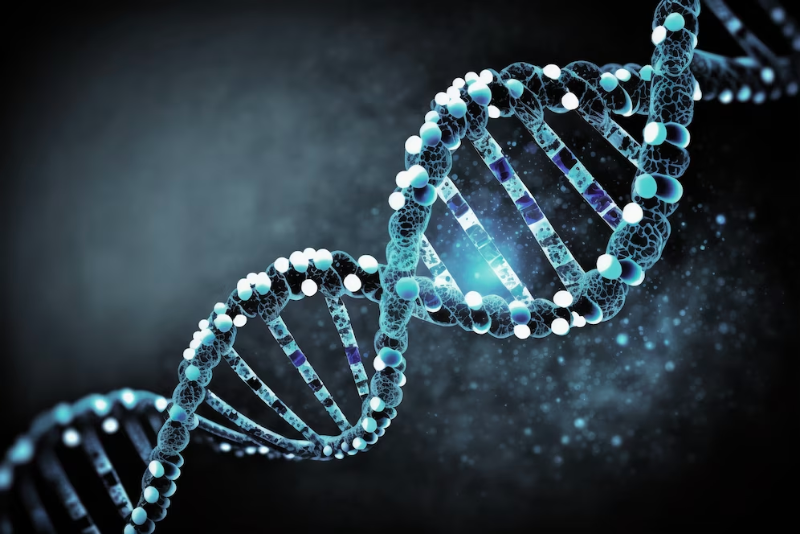September 2024 KD&A Blog – New Regulatory Changes for Medical Devices Containing Medicinal Substances, Animal, Microbial, or Recombinant Materials

As of 1 July 2024, new regulatory requirements for medical devices containing medicinal substances, or materials derived from animal, microbial, or recombinant sources will take effect. The Therapeutic Goods Administration (TGA) has released draft guidance to help sponsors and manufacturers navigate these changes, which aim to align with international standards while ensuring continued access to safe, high-quality medical devices in Australia.
In this blog, we’ll provide an overview of the new regulatory requirements and how they affect sponsors and manufacturers of medical devices. We’ll also discuss the transition arrangements in place and how you can contribute feedback to the draft guidance to ensure a smooth transition.
Key Changes
The changes, which amend the Therapeutic Goods (Medical Devices) Regulations 2002, are designed to modernise Australia’s medical device regulatory framework. Some of the notable changes include:
- Classification Rule 5.5: Devices containing non-viable tissues or cells of animal origin (except those derived from hair, wool, or other low-risk materials) will remain classified as Class III. However, materials of microbial or recombinant origin, such as hyaluronic acid, have been reclassified to lower classes, reflecting their reduced risk.
- Labelling Requirements: Medical devices that include animal-derived substances will now need to include specific information on their labels and instructions for use (IFU). However, it is no longer necessary to include details about microbial or recombinant origin substances unless required for safety reasons.
- Changes for Specified Medical Devices: These changes allow the TGA to recognise approvals from a broader range of overseas regulators for devices containing these substances, simplifying the approval process.
Transition Arrangements
Sponsors with medical devices already included in the Australian Register of Therapeutic Goods (ARTG) before 1 July 2024 have until 1 July 2026 to submit a reclassification application. This will allow you to continue supplying your device while aligning with the new classification requirements.
For new applications lodged after 1 July 2024, the TGA will assess them based on the updated classification rules.
What You Need to Do
To comply with the new requirements, sponsors and manufacturers should:
- Review your device portfolio to identify products impacted by the changes.
- Submit reclassification applications before 1 July 2026 for any existing ARTG entries.
- Update labelling and IFUs to ensure compliance with the new requirements for materials of animal origin.
- Monitor critical suppliers: While suppliers of microbial and recombinant materials are no longer considered “critical,” manufacturers must continue managing supplier risks within their quality management systems.
Your Input is Important
The TGA’s draft guidance is open for consultation, and your feedback is vital to ensure clarity and usability. Whether you’re a sponsor, manufacturer, or healthcare professional, your insights will help shape the final version of the guidance, ensuring the transition to the new requirements is as smooth as possible.
Visit the TGA Consultation Hub to review the draft guidance and submit your feedback.
